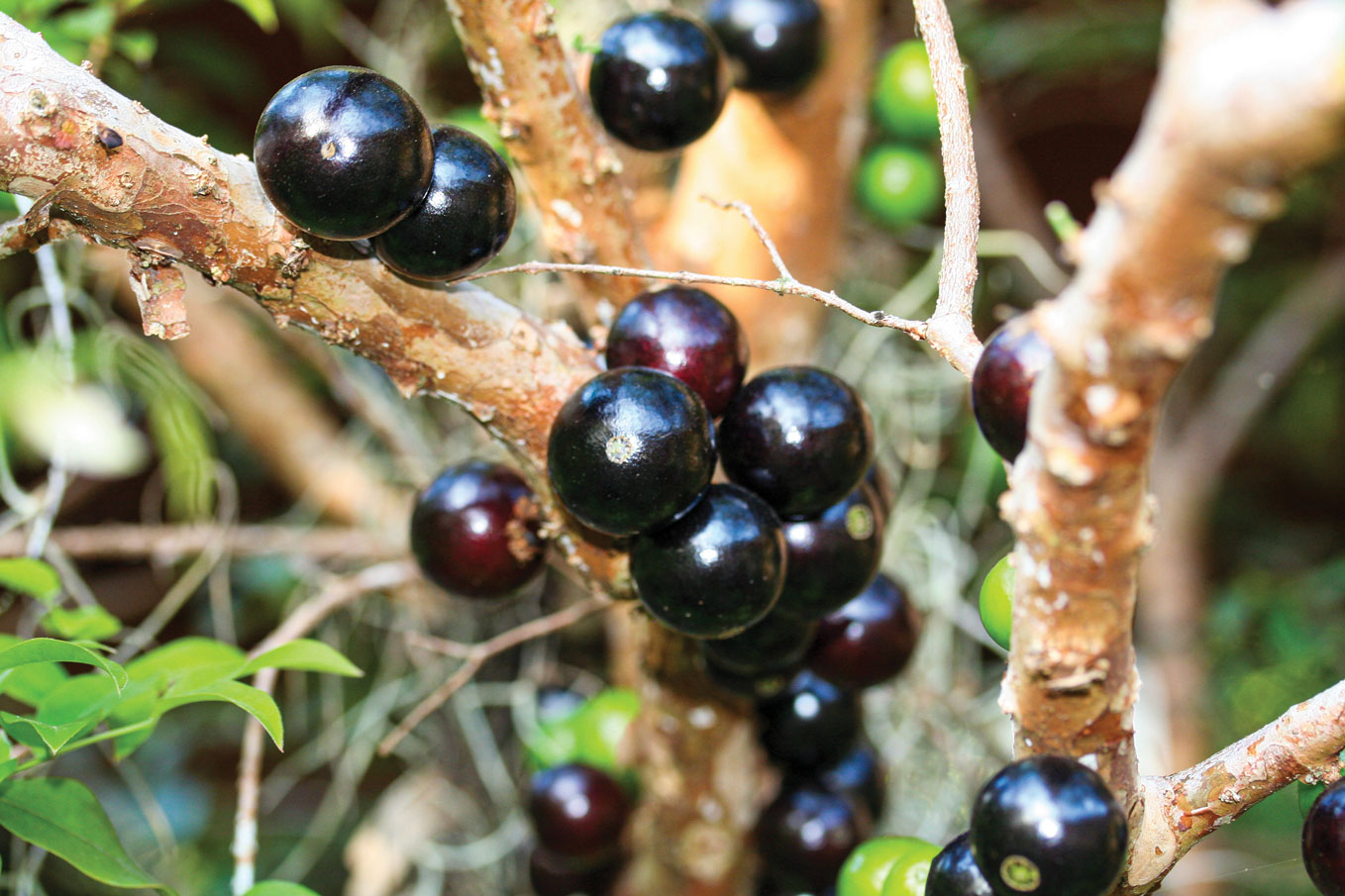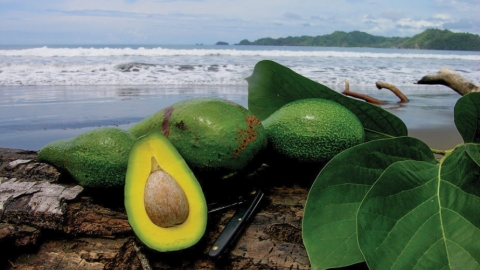Fruit to Fruta: The Evolution of a Homestead Kitchen
Unlike most, I had a father who took care of the living collections of tropical fruit for the University of Florida experiment station near our house. Every afternoon he would bring home lychee, loquats, mangos, avocados, atemoya and canistel. As the seasons changed, so too did the fruit. All sizes, shapes, textures and flavors from Asia, Africa and the Americas would arrive in my father’s stainless-steel bucket. We expanded our palate with fresh, cosmopolitan fruit, then further adapted their looks, flavors and textures to our cuisine. My mother would make jams, jellies, fruit pies and compotes, substituting the new fruit into recipes written for American and European staples. When it came to our frugivorous ways, there wasn’t much outside our purview – or so I thought until I grew up and set off on my own.
Shortly after marrying Cecilia, I came to look at fruit in a deeper and completely unexpected way. For her, and about 200 million other Brazilians, the jaboticaba, banana, pineapple, papaya and passionfruit were not dietary accents, but daily necessities. They were not substituted for apples or peaches; they were the basis for a tropical cuisine that transcended my rudimentary ideas into one of culture and way of life. I really like apples and peaches, but this was something more. The very mention of the jaboticaba brought a sparkle to the eye and a passion in the Brazilian. She would doggedly defend her point of view, digging in her heels to a point of no compromise. The fruit, the flavor and the cultural connection would come to define our dinner table. Over the years, as our children grew, they became an integral part of this world, with snacks and daily treats crafted from the tropical bounty. The tastes and customs of Brazil and South America became our own kitchen.
In my mother’s kitchen, fruit salads were a staple of my youth. The standard was a mango, bing cherry and apple banana fruit salad eaten as a main course with dinner. This fruit salad defined my childhood summers. Now in our home, the fruit salad took on a new look – a base of fresh orange juice, with mango, papaya, pineapple and often a dash of passion fruit – and moved from a main course to a dessert. Surprisingly, it was difficult for me to adapt to this new fruit salad. At first, I tried to hang on to my tradition, making my own fruit salads for our table to compete with the Brazilian version. Finally, I let go. Now, this is our standard fruit salad for events or large family gatherings. My “American” fruit salad, forever modified, is now a pleasant childhood memory.
Avocados for Dessert
Even more jarring was the new take on avocados. In my childhood home, we put avocados in fresh salads with lettuce, tomato and dressing. Then I learned how to put avocado in a blender with ice and milk or sweetened condensed milk for a high-energy drink or dessert. I began to drink an avocado in the morning and found this to be a most unusual, but wonderful, beginning to the day. Avocado mousse has found its way onto our table as a tantalizing dessert for our children. Our Florida avocados are a different genetic race from those used for the Mexican staple – and in our household, guacamole is the least attractive option. For Florida race avocados, infused with Brazilian flair, the uses are much wider and more inclusive.
The list goes on. On the porch, we grow jaboticabas in large clay pots in acid media so that we can have the fruit to enjoy throughout the year, and bridge new friendships with Brazilian transplants to the United States. Large yellow passionfruit grow on our fences to sell during mango season and to freeze and use for sweets, pies and juices throughout the year. We grow Brazilian varieties of bananas to eat out of hand, in smoothies, in sandwiches and barbecues. I even grow ‘Solo’ papaya in my vegetable garden because a breakfast without papaya is just not civilized. In this same garden, I grow Brazilian pumpkins, collards and other greens that no self-respecting Brazilian – or a corrupted American – could live without.
There’s no going back from the Brazilian/American fusion in my kitchen. Occasionally, I still indulge in all-American foods But I have found that it’s better to capitulate and adapt, than to fight and be miserable – and it’s far more satisfying.







